What is the Difference Between ‘Lettering Design’ and ‘Calligraphy?’
From Painter to Calligrapher
(This post was inspired by a discussion on Typophile a wonderful site for typography fans that is currently in remission.. The wide-ranging and brilliant exchange of views between typographers and calligraphic artists such as Michael Clark, Nick Shinn, Ieuan Rees and John Hudson got me thinking about the philosophical underpinnings of the letter arts and how my own work evolved from traditional calligraphy to a hybrid form of lettering design.)
When I was in art school my mentor, Charles Stokes, used to hover and harangue with zen aphorisms, one of which translated as this: “If you are painting with your chin on your hand and your elbow on the table you might as well be asleep. Wake up!” Charles came from the mark-making school of art, strongly influenced by Mark Toby and Morris Graves. He balanced withering criticism that struck with the sharpness of a keisaku with wide-open joy and mystic understanding. He inspired his students with a certainty that art was far more than making pictures: you were embarking on a Way, a Path, a Calling, and everything you did in art and life should reflect this.
No one at art school could understand when I began to practice traditional calligraphy. It seemed quaint and embarrassing, and completely counter to the artistic climate of the time which was dominated by abstract expressionism. Art should be asymmetric, wild, original. Hadn’t the alphabet already been done? Yet the cloisters, the promise of slant morning light across ancient stone, of feathers cured in hot sand and ink smelling of gall called to me. In calligraphy I found a sense of apprenticeship that anchored me in history. Unlike the blank unstructured canvas, the calligrapher’s practice sheet had rules beneath it. It would shortly fill with ordered rows of letters marching to their logical destinations: the word, the sentence, the paragraph, the page. Mindful of Charles’ exhortations, I could see that to do calligraphy I had to have both hands engaged, one carefully resting on the paper, one holding the pen, and my mind in a state of active anticipation.
As I stumbled through the raw and humbling mechanics of learning to load a nib and get ink to flow and shape a letter I saw that every stroke was the record of a state of mind. Fear, confidence, wondering, distraction, focus, all indelibly stained the page. Sometimes the distance from the top of a stroke to bottom seemed like skating down a sheet of ice with unforgiving snowdrifts on all sides, and sometimes it was like carving the arches of the cloisters. The pen’s edge became a chisel which, if held at the proper angle, made a perfect counter space for n, and m and u. I was making letters, but I was engaging space.
As I became more adept I began to see more nuance. My goal was the perfect letter living on the page. But the stroke begins outside the margins, off the page, in motion and in stillness counterbalanced — and then it lands. It begins with a rational and practiced blueprint for construction, but it is affected by emotional weather, by music, by interruptions. And it is guided also by visualization, not of the letter as inert thing, but as a sequence of moves. When I am “on” I can feel the invitation of the paper, the sensual particularity of its surface, rough or smooth, and see the ink glistening even before I have picked up my pen. It is a state of “what if” easily interrupted by the dread “what then?” But at its best every mistake becomes a point of improvisation, very much like playing music.
The Limits of Calligraphy
Solutions that arrive kinesthetically and directly out of the inherent engineering of the tool have a natural balance of positive and negative shapes created without fear of aesthetic incorrectness. They land on the page with a sureness of gravity, an understanding of their own boundaries, and an affection for the community of letters coming before and after. But there is a hazard. In some sense they always look the same. They show the mark of the tool, and thus one can tell exactly how they are made.
In studying the work of master calligraphers it is always the mark that I cannot diagnose that catches my eye. For instance: Herman Zapf. I nearly killed myself trying to do curving ascenders like his thinking they were made in one stroke, until I discovered by watching a film of him in action that each seemingly single stroke was made up of a series of hesitations, overlaps and deft “pulls.” And it is dauntingly difficult. It is magic. There is a complexity in this kind of work that holds my attention for a long time. I think it is because it marries two minds: the visual result looks like it originates in gesture, but the method is complex engineering. The stroke is made slowly, self-consciously, yet appears completely “natural.”
Much of contemporary calligraphy references this way of working. The calligrapher delicately balances between artless and artful, and the exact cause and effect of the tool is hidden, embedded as a source of mystery. Partly this is the result of new tools such as the ruling pen that have allowed the calligrapher to make marks that have all the thick and thin beauty of traditional calligraphy without the drastic angles of the edged pen. Partly it is due to the demands of the advertising and design world, where “calligraphy” in the traditional sense comes with a set of associations (pretty, precious, old, feminine, formal, etc.) that limit its reach.
When Does Calligraphy Become Lettering?
I can do lettering with my hand on my chin. I am not bragging about this. It is probably a moral failing, and I am sure the great typographers of the world would scowl at me and chide me fiercely in German if they heard me say this. But the tools do not demand wakefulness the same way ink and a pen do. There is always a razor blade nearby, white paint or a bezier curve with which to “fix” the moment and make it conform to intention. This said, I can fall into a very happy state of craft and contemplation with tracing paper and a pencil. To paraphrase Ieuan Rees, lettering satisfies the perfectionist, the designer and the problem solver in me. And simply because the method may be slow and rational and less obviously intuitive, it does not mean that the end effect cannot be powerfully effective and equally emotional.
As a contemporary lettering artist I go back and forth between the two modes, and each informs the other. Being able to perfect a form through drawing and retouching can set the bar for what it could look like higher than if I am guided purely by the limits of my own hand. Starting with a gestural stroke can give me ideas I could never guess at with my pencil and French curve. In going back and forth between the two modes I sometimes notice a “laziness factor.” I’m resistant to switching modes even when I know it would be the best way to take the work where it needs to go. And I think this moment of resistance is where I see the true difference in the ways of working: they call on different synapses and mind-body coordinates.
In the end, both ways of working have their place. It is a matter of tuning the method to the project and being prepared to shift gears and soundtracks as needed, from techno groove to Gregorian chants and back. (Although I find personally that Pat Metheni’s last-century “Are You Going With Me?” from Off Ramp still seems to focus me wherever I need to be. The album (remember when there were “albums”—quaint! It means “an intentionally designed sequence of songs”) starts off chaotic and Ornette Colemanesque, but it settles into one of those late night smokey spaces that can keep you hypnotized and completely in the zone. Typography is definitely a zone.)
I will write more about lettering and music, in the meantime, send me your favorite ink music.
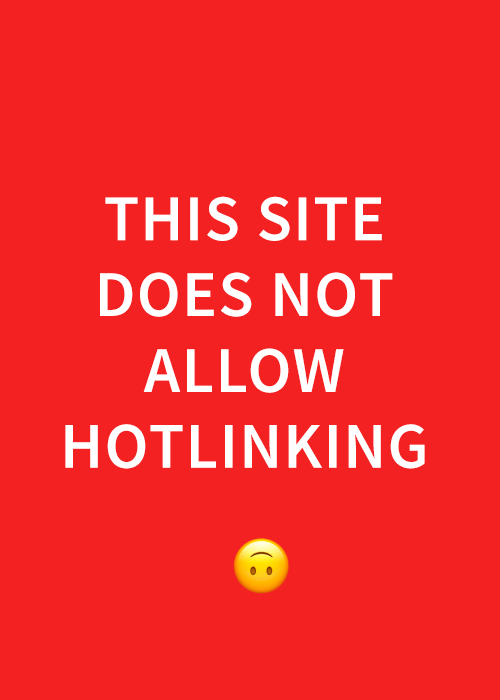
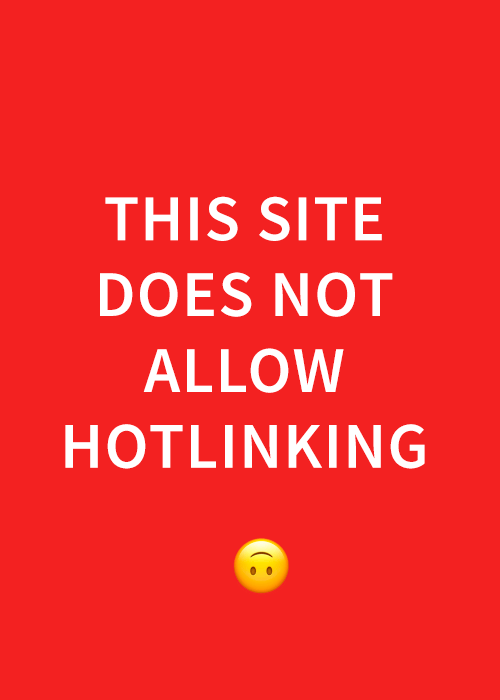
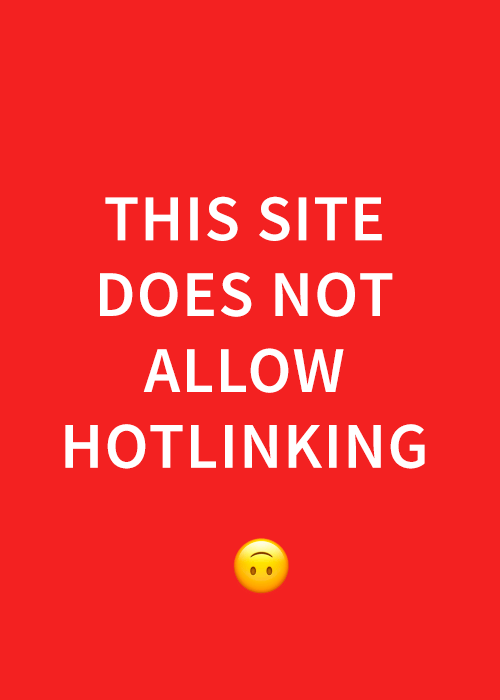
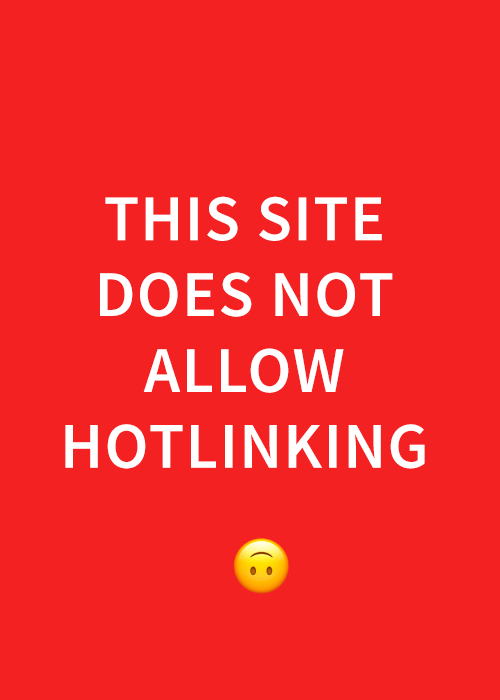
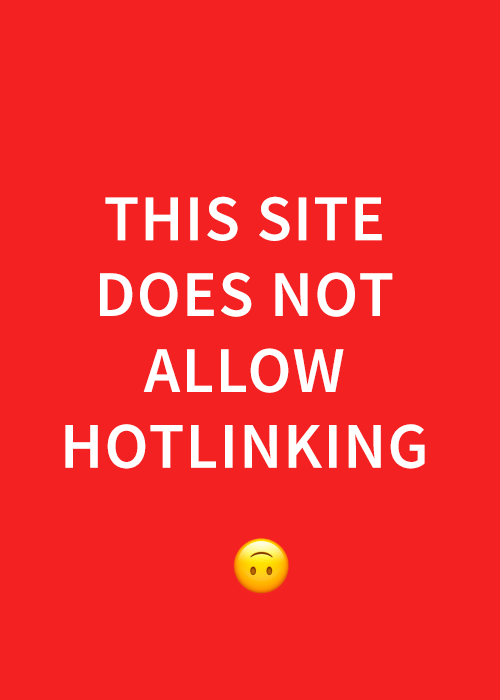
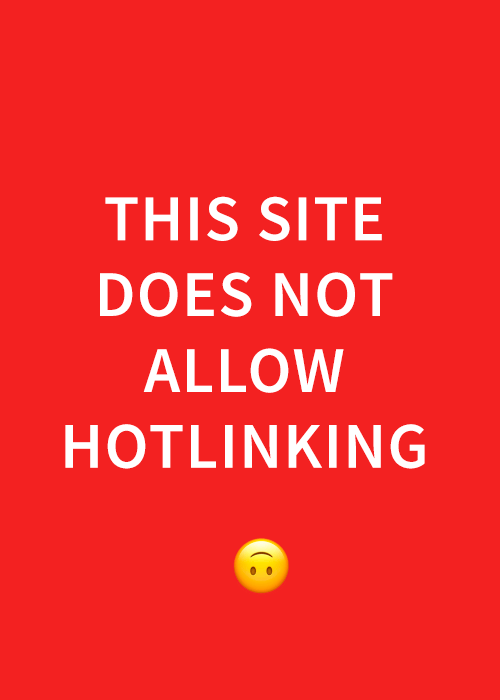
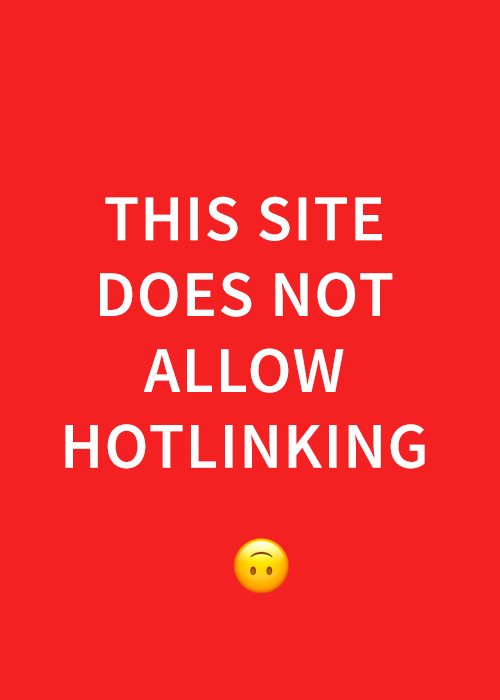
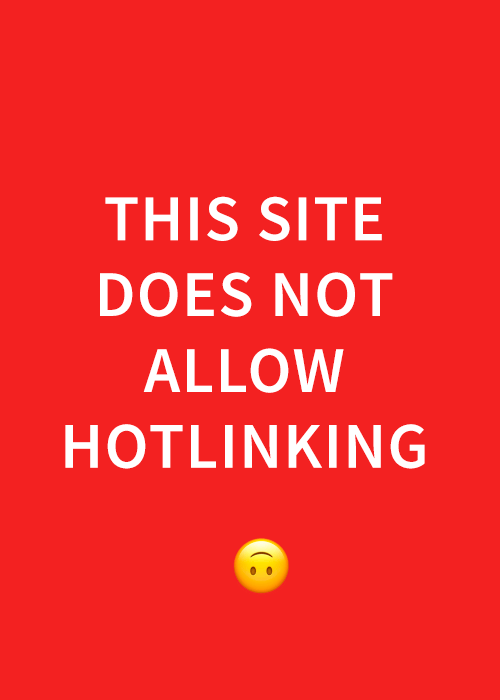
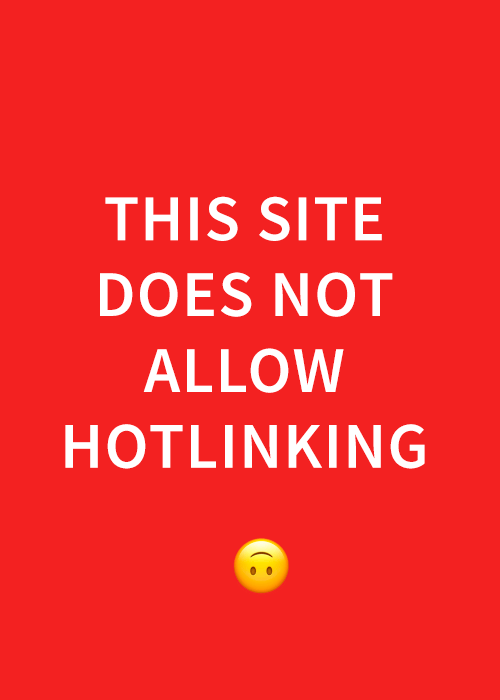
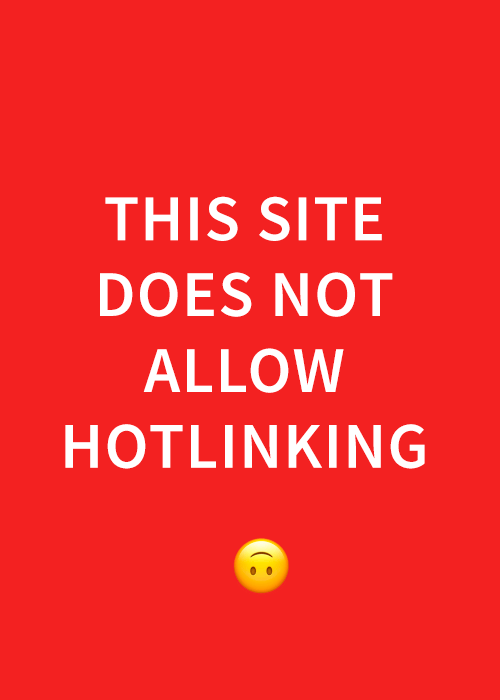
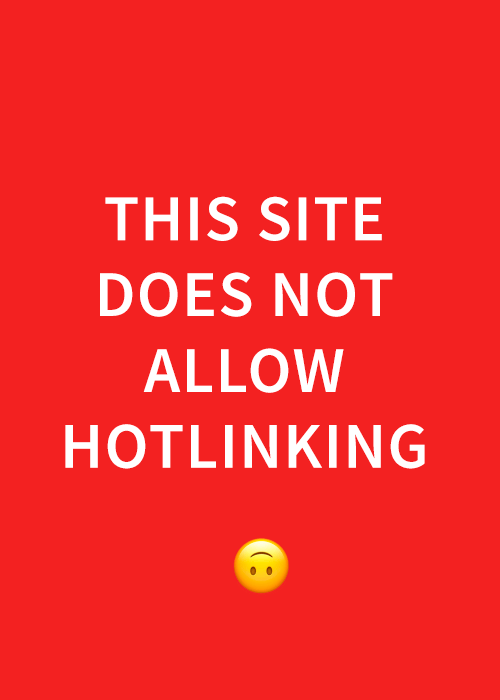
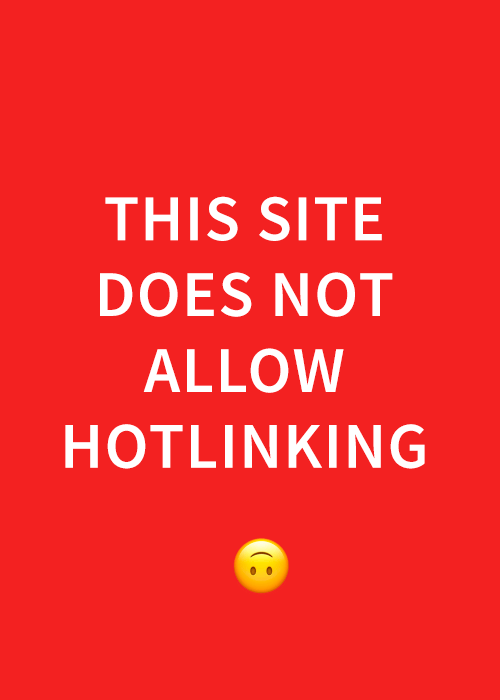
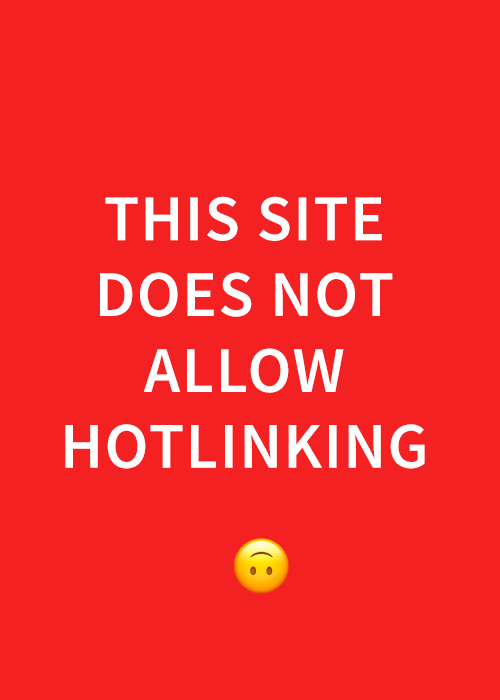
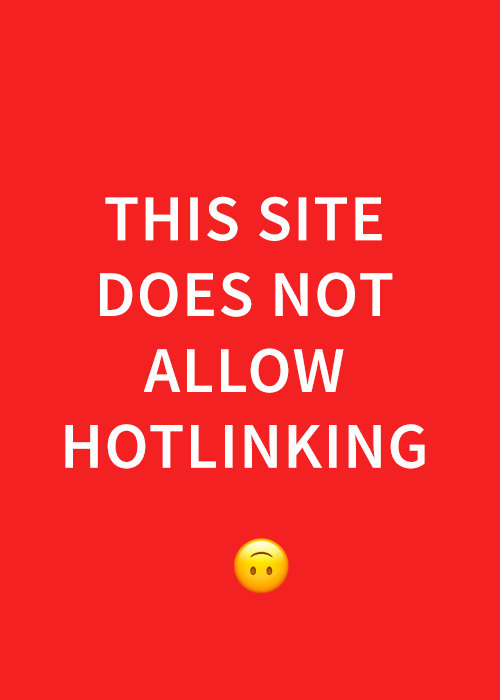 Designer, calligrapher, lettering artist.
Designer, calligrapher, lettering artist. 